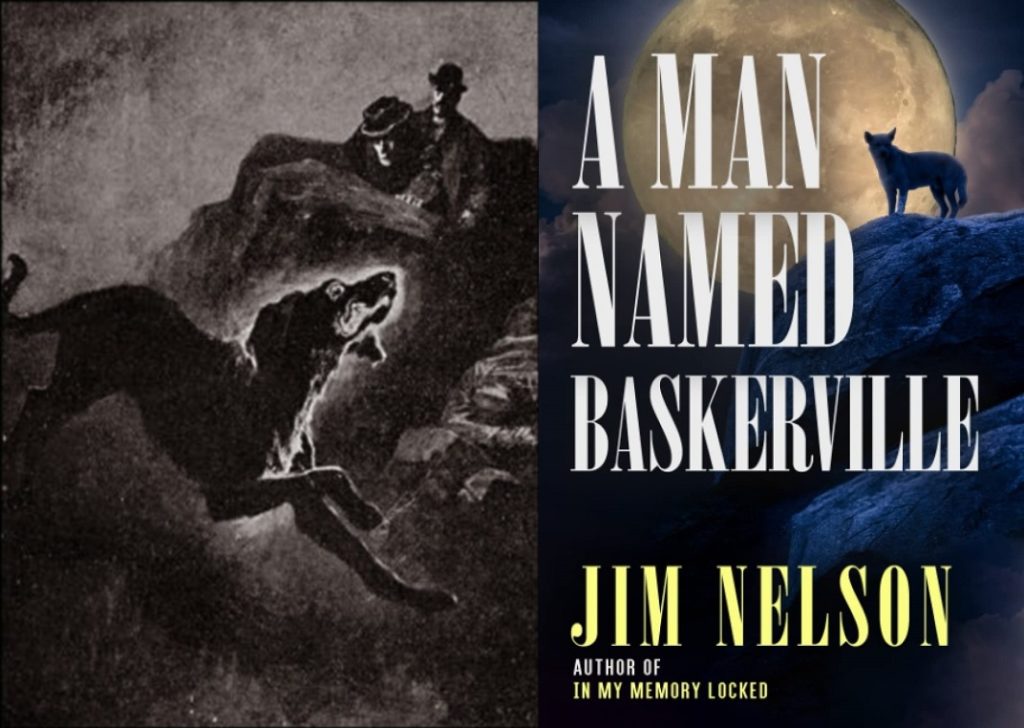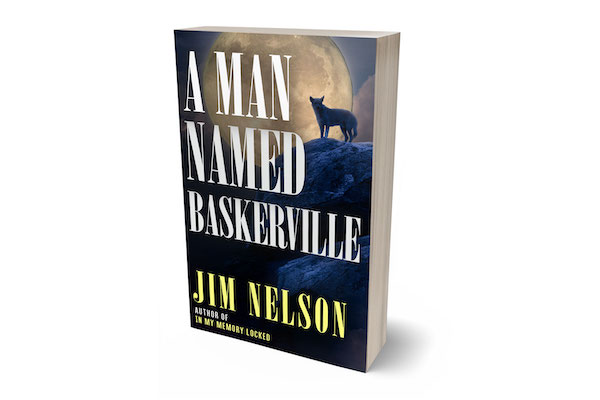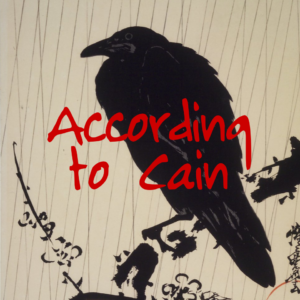Today is the start of the Interactive Fiction (IF) Competition 2024, which includes my latest IF title, Under the Cognomen of Edgar Allan Poe. Over 67 titles are entered in the competition this year.
The great thing about IF Comp is that anyone can play and be a judge. If you’re interested, you’ll need to play at least five of the entries to submit a ballot. I recommend reading over the judging rules before looking over the full slate of titles. Note that many of these games can be played within your browser without downloading any software.
Voting is entirely optional. You’re free to play as many or as few of these games as you like. All are free to download and play.
Here’s my entry’s blurb:
“There are some secrets that do not permit themselves to be told.”
In 1849, Edgar Allan Poe disappeared among the back alleys of Baltimore. A week later, he was found delirious and in disarray. The mystery of his death has remained unsolved for 175 years.
Now it’s your chance to decipher the macabre enigma enshrouding the final days of Edgar Allan Poe—a tale of Faustian bargains, artistic ambition, and immortality…
It’s a parser game, meaning you enter commands as free-form text, which the software interprets as commands and acts upon. Total play time is a little over two hours or so, depending on how well you do.
You can play Under the Cognomen of Edgar Allan Poe directly from the IF Comp game list. If you want a more customizable experience, in terms of colors and fonts, or you want to listen to the game’s soundtrack while you play, I recommend installing the QTads interpreter and downloading the game file to your local machine.
Here’s to a great competition!




